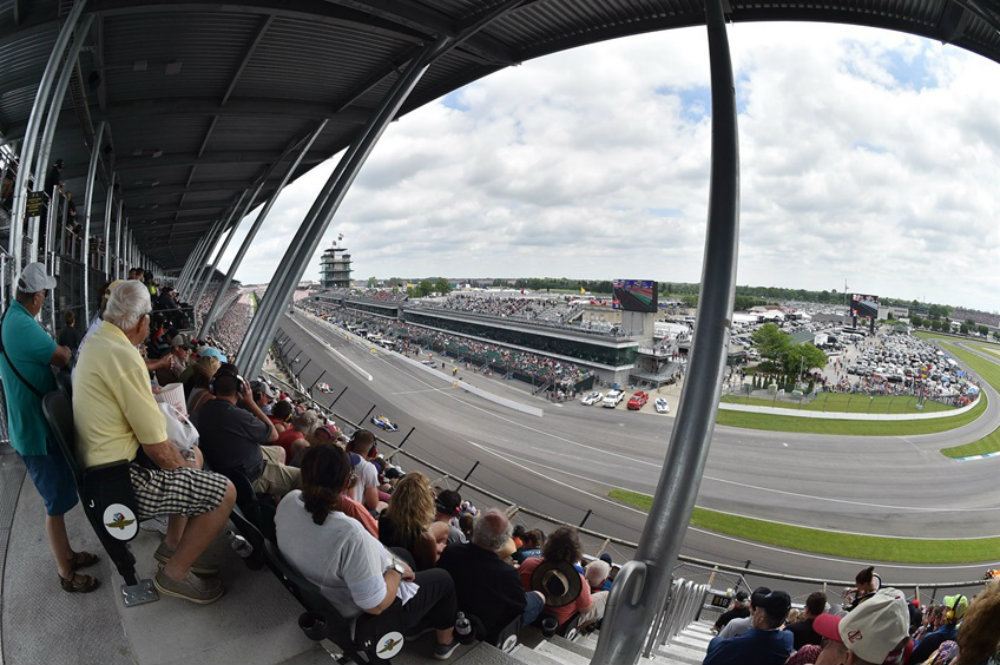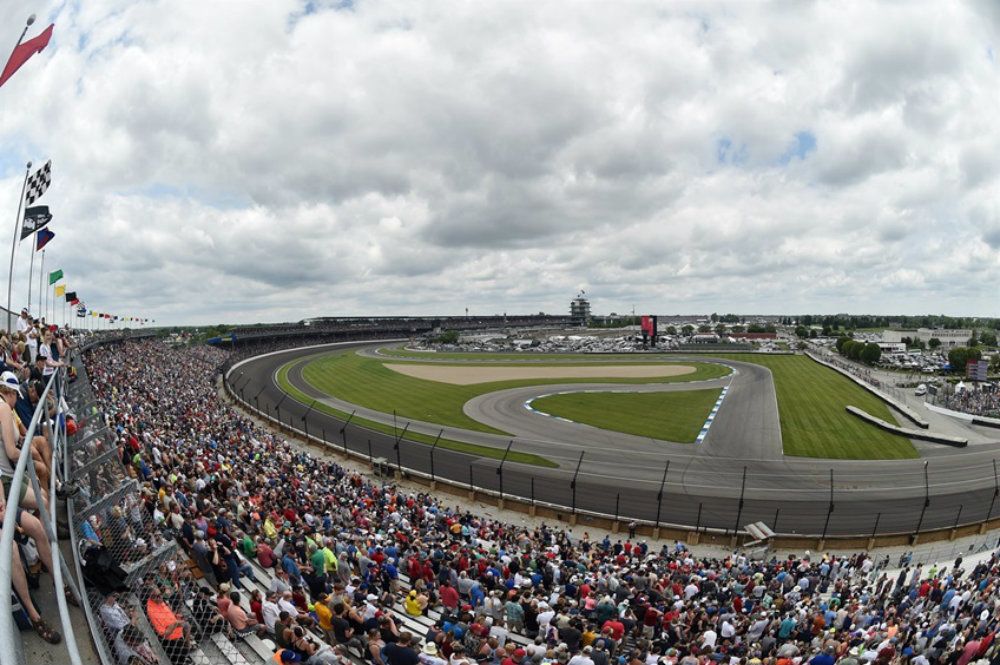Journalists are, as a group, pretty jaded and jaundiced about the world around them. Whatever their specialty, whatever little slice of the world they cover, it’s usually done so with barely concealed condescension and detachment. This is actually something you are more or less taught in college newswriting classes. Maintaining a sense of detachment is how a journalist stays objective.
American journalists have this fetish about being objective. But this fetishized objectiveness is the beginning of being jaded in progressively darker shades of green; jaundiced in ever-yellowing hues.
Tony Borroz attended the 101st Running of the Indianapolis 500 on Sunday, May 28th, 2017. This series, Bricks And Bones, explores the cultural significance, endearing legacy, and the nitty-gritty phenomenon of The Greatest Spectacle in Racing.
The prologue of this series here.
Chapter 1: Real Wrong here.
Chapter 2: St. Elmo’s Fire here.
Chapter 3: The Quiet Racer here.
Chapter 4: Hang Ten here.
Chapter 5: Female Perspective here.
Chapter 6: The Fearless Spaniard here.
Chapter 7: Speedway Legends here.
Chapter 8: Barrel Roll here.
Chapter 9: A Wide Face here.
By The Book
Sportswriters, although they can and are encouraged to be fans of the sports they cover, are particularly focused on being objective. Just the facts ma’am. Hits. Runs. Strikes. Passes. Touchdowns. Scores. Statistics. Always tons and tons and tons of statistics. Especially for American sportswriters.
So there we all were, some 150 or so journalists in various shades of jaded experience about two-thirds of the way through the 2017 Indy 500. Assiduously watching, taking notes, scribbling passages, hammering on keys. We were covering the event. Get it all down, stitch it together, write a lead-in graph or two, a nice summation and, bada-boom, bada-bing, you’ve met your deadline, kept your Managing Editor happy, and lived to write another day.
Sixpence Suspense
A few times during the race this professional detachment fell away. Most notably during Dixon’s colossal accident, but most of the time the press area was quiet mumbles and typing, with the occasional four sentence conversations. It was in this setting, on a late race restart, all professionalism fell away from every one of us in that room in an instant. A pack of cars, indeed the second pack of cars behind the lead group, were all blasting down the back straight on the first green flag lap after a protracted caution period. All of a sudden, for reasons that were never clear, this pack of cars, the entire pack, all saw a passing opportunity. Someone checked up, or slowed or something, then the pack, and I mean the entire pack fanned out two – no three – no four – no SIX-wide.
Everyone, and I mean literally every one of us in the top level of the pressroom switched in that instant from being jaded, jaundiced reporters, and reverted back to what got us into this business in the first place: Race fans. Collectively we had been around racing long enough to know what was up, what was down, and what happens when things go sideways. And what we were now looking at was directly on the edge of going very, very sideways.
From the outside wall to the infield grass, six cars were now running side by side at 230 miles an hour. The biggest gap between any two cars was maybe the width of your palm. The slightest was the thickness of your hand. As the cars fanned out, we, the assembled press, all started screaming, and I mean screaming the exact same thing: “NO! No, no, NO, no, no, no, nononoNONONOOOOO!!!!”

Instant Fans
We knew what we were going to see next. This was bad. This was toddler wandering into a running machine shop bad. This was bad to the point of taking us out of journalism entirely. There were too many cars, too much speed, and a quickly diminishing amount of space . . . and then, cooler heads prevailed. It was as if all six drivers realized what they were doing and, in a snap, sorted it out.
Marco backed out of the throttle. Another car dropped left and back. Alonso (you knew Alonso was going to be in the middle of this) somehow found more speed, gained a car length, and moved right. It was over in a second, maybe a second and a half, maybe two. But in that brief span of time, we journalists were reduced to being just fans at the track, watching the race, having a blast.
Tony Borroz has spent his entire life racing antique and sports cars. He means well, even if he has a bias towards lighter, agile cars rather than big engine muscle cars or family sedans.
Chapter 11: After The Storm here.
Cover Photo: Chris Owens.



